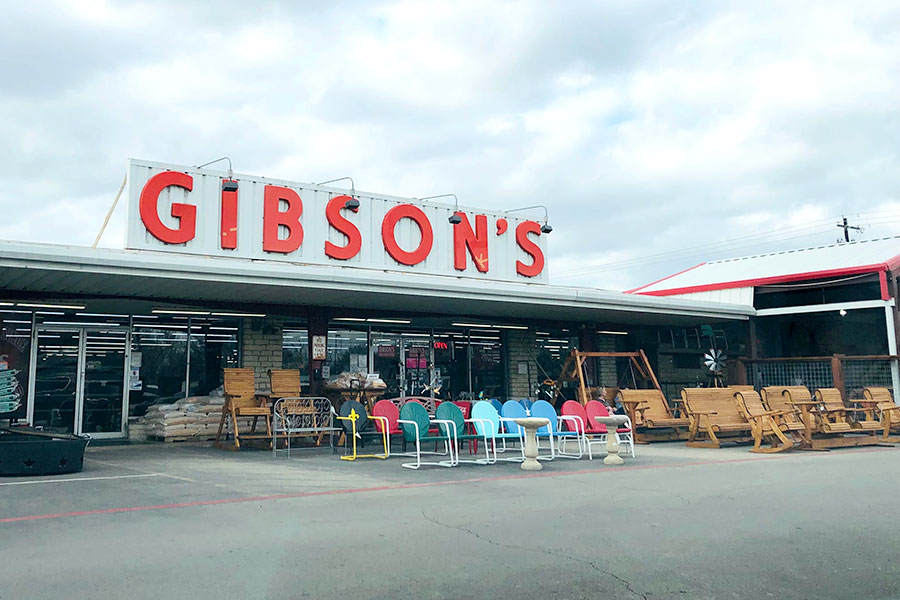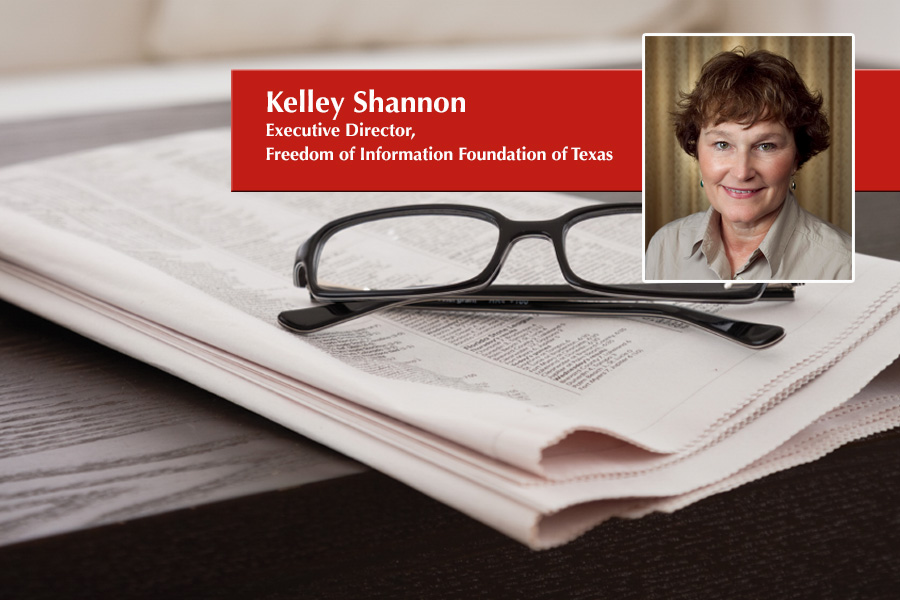The boss is not the old man anymore. Young so-called “digital leaders” are taking over as top dog in many companies these days, using their knowledge of technology to trump the wisdom of seniority, reports the Association of Mature American Citizens [AMAC].
But, says AMAC president Dan Weber, older Americans are still very active these days and most of them don’t like the idea of giving up their careers.
“Seventy is the new 50, but some seniors feel like they are 40 years old again. They are not only living longer, they’re living healthier, more active lives and so the concept of retirement has undergone a remarkable change.”
So, according to Weber, younger bosses does not mean that seniors are no longer an important part of the workforce. “It simply means that there’s a new role for older business men and women to play, as Chip Conley describes it in his book, Wisdom At Work: The Making of the Modern Elder.
The fifty-eight-year-old entrepreneur Conley was a very successful hotel executive. He owned a chain of 58 boutique hotels, which he sold in 2010. A few years later he took a job at Airbnb as the in-house mentor to Brian Chesky, that company’s CEO. Conley says that he quickly learned that the notion of revering seniors in the workplace no longer applies.
It used to be that traditional elders were held in reverence for their wisdom, but in this day and age they are appreciated for their relevance “because they’re as much of an intern as they are a mentor.”
Says Conley: “I started to realize that there are some things they [younger executives] could teach me, like digital intelligence, and there are things that I could teach them, which is emotional intelligence, leadership skills, strategic thinking, etc. That is the opportunity. How do we create an intergenerational collaboration like we’ve never seen before because we have five generations in the workplace at the same time, for the first time?”
Conley’s book was published last September and by November he used the concepts he described in it to create a new venture he calls the Modern Elder Academy. It’s a one of a kind resort in the seaside town of El Pescadero located on Mexico’s Baja Peninsula.
Forbes magazine explains that Conley got the idea for the academy as he was writing his book. “Right as I got the contract to write the book, it became clear to me that the number of people who were feeling anxious and bewildered in midlife was much broader than I had expected. I started asking myself: Where do people go if they are silently suffering through transitions?”
As he described it to the author of the Forbes article, Richard Eisenberg, somewhere between 45 and 65 years of age, people begin to realize they are growing old and many of them can feel lost.
“The average longevity in the United States in the year 1900 was 47. In 2000, it was 77. So, we added 30 years of life in one century. But that created something that really didn’t exist before, which is midlife. That’s why in 1965 the term midlife crisis emerged. At that time, midlife was perceived as 45 to 65 or 40 to 60. Today, I think it’s 35 to 75 because people are going to work longer and people start feeling irrelevant earlier,” explains Conley, noting that it is one of the reasons the Modern Elder Academy was created.
But, Weber points out, there’s no dispute that many older Americans need to continue working past the traditional retirement age of 65 to make ends meet. But more and more of them want to stay on the job because it provides them with a sense of contentment; working makes them feel that they have purpose.
The Academy may not be for everyone. For one thing, “tuition” for a one-week course is as much as $5,000 and for a two-week Immersion Program, you’ll pay up to $10,000.
For more like this, see the April 3 issue or subscribe online.
From the Association of Mature American Citizens [AMAC].

![WIA_CSMedia_300x250[6] NTMWD 2025 Summer](https://wylienews.com/wp-content/uploads/2021/11/WIA_CSMedia_728X907.jpg)
















0 Comments